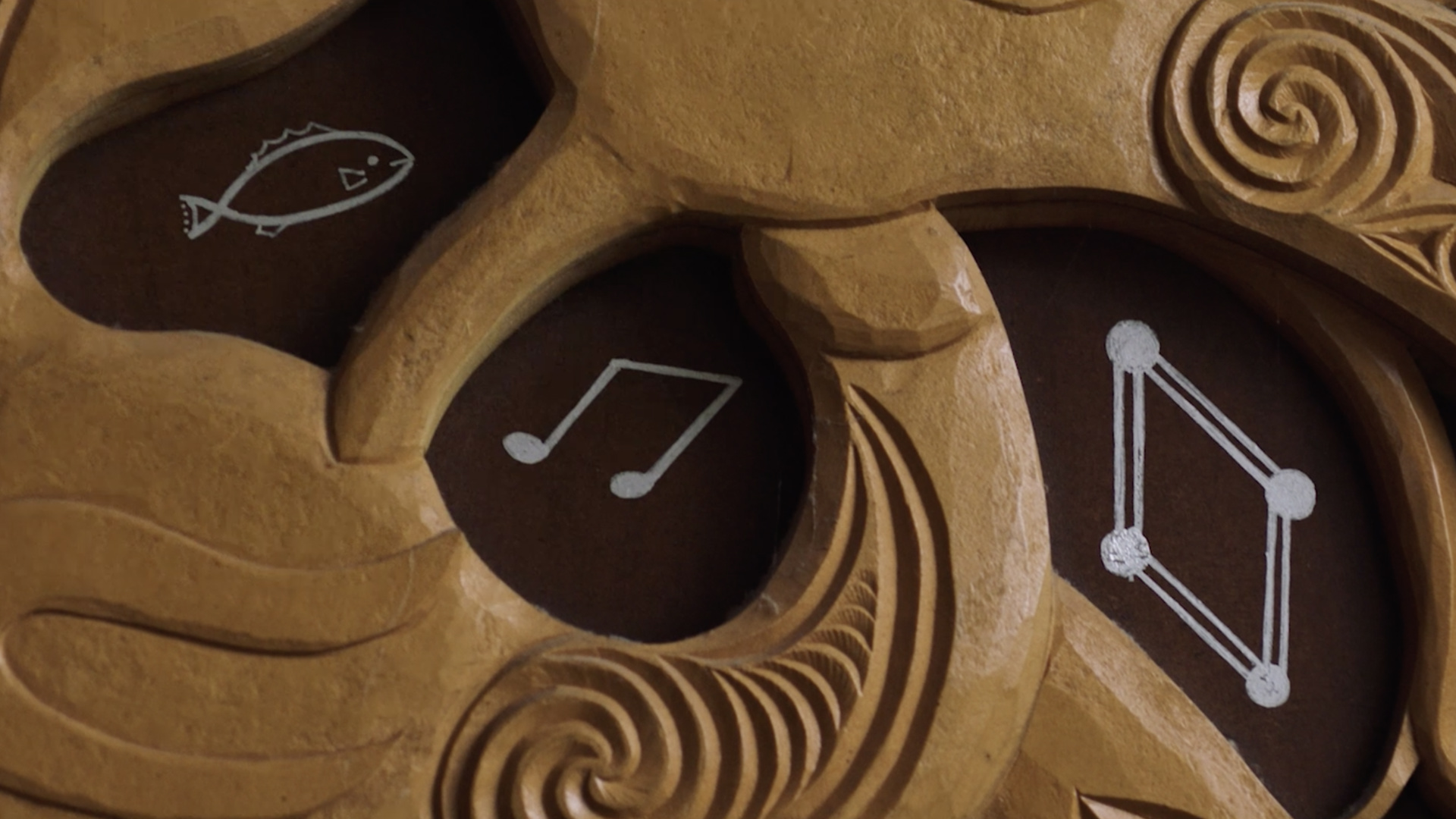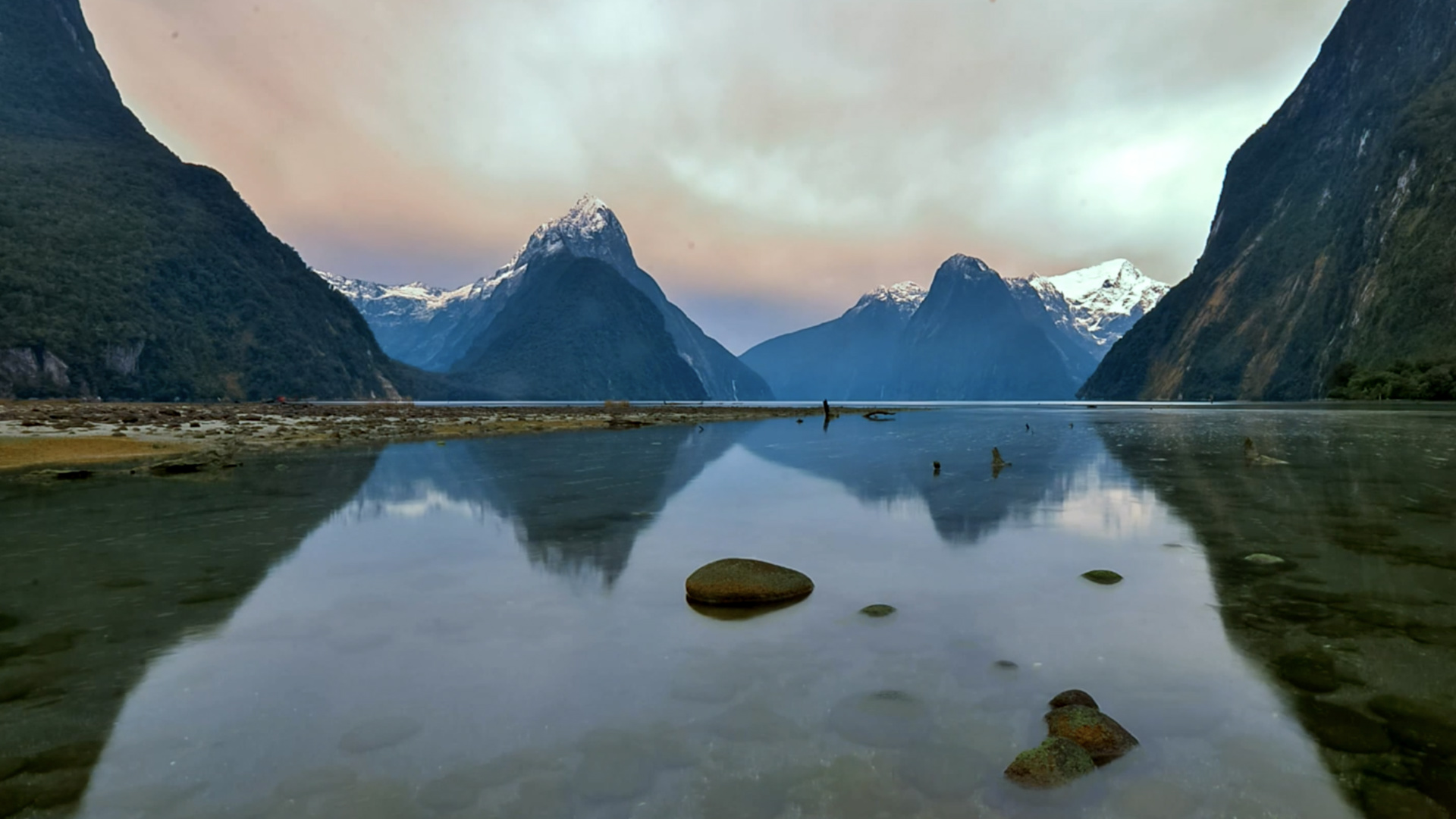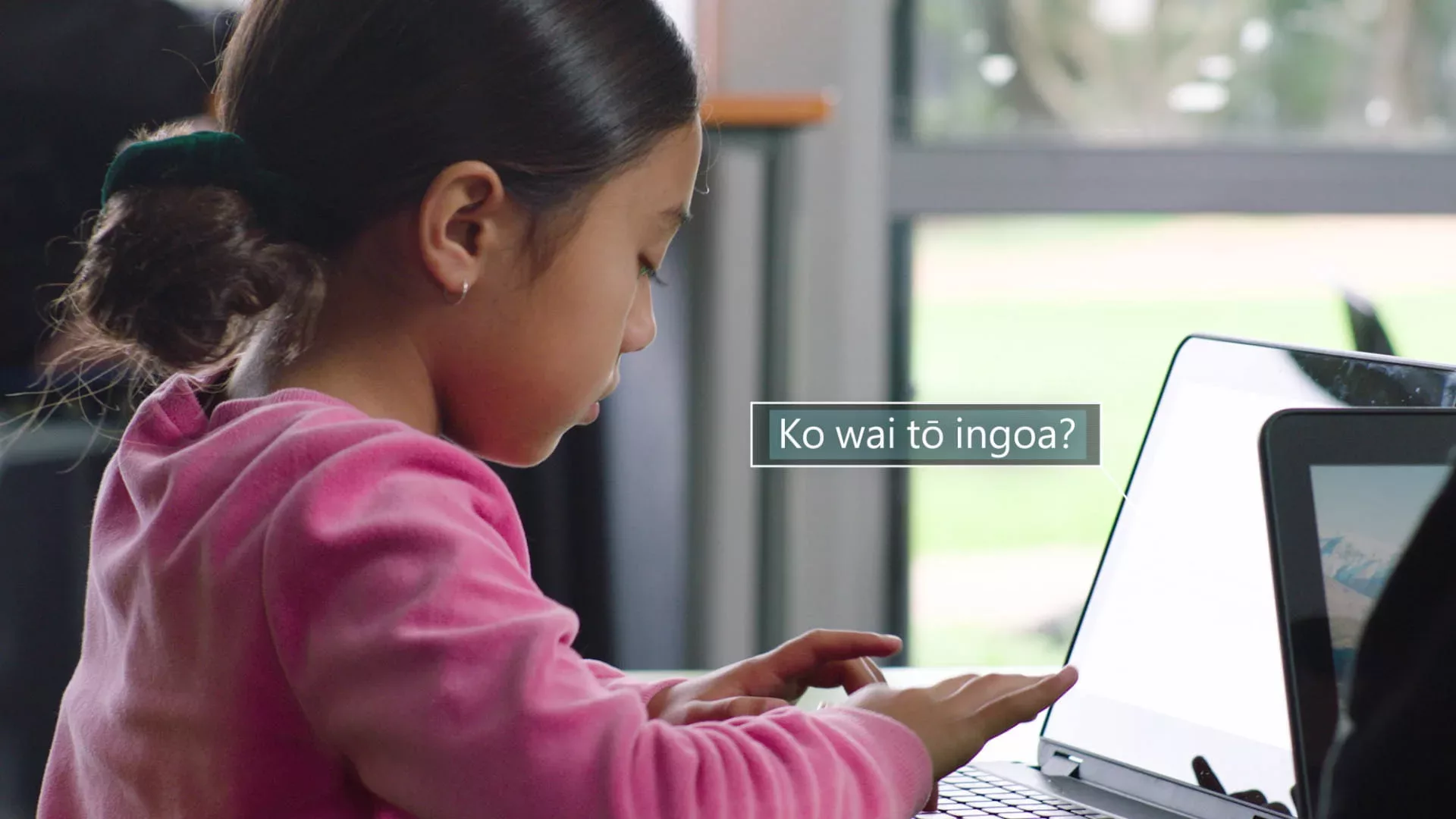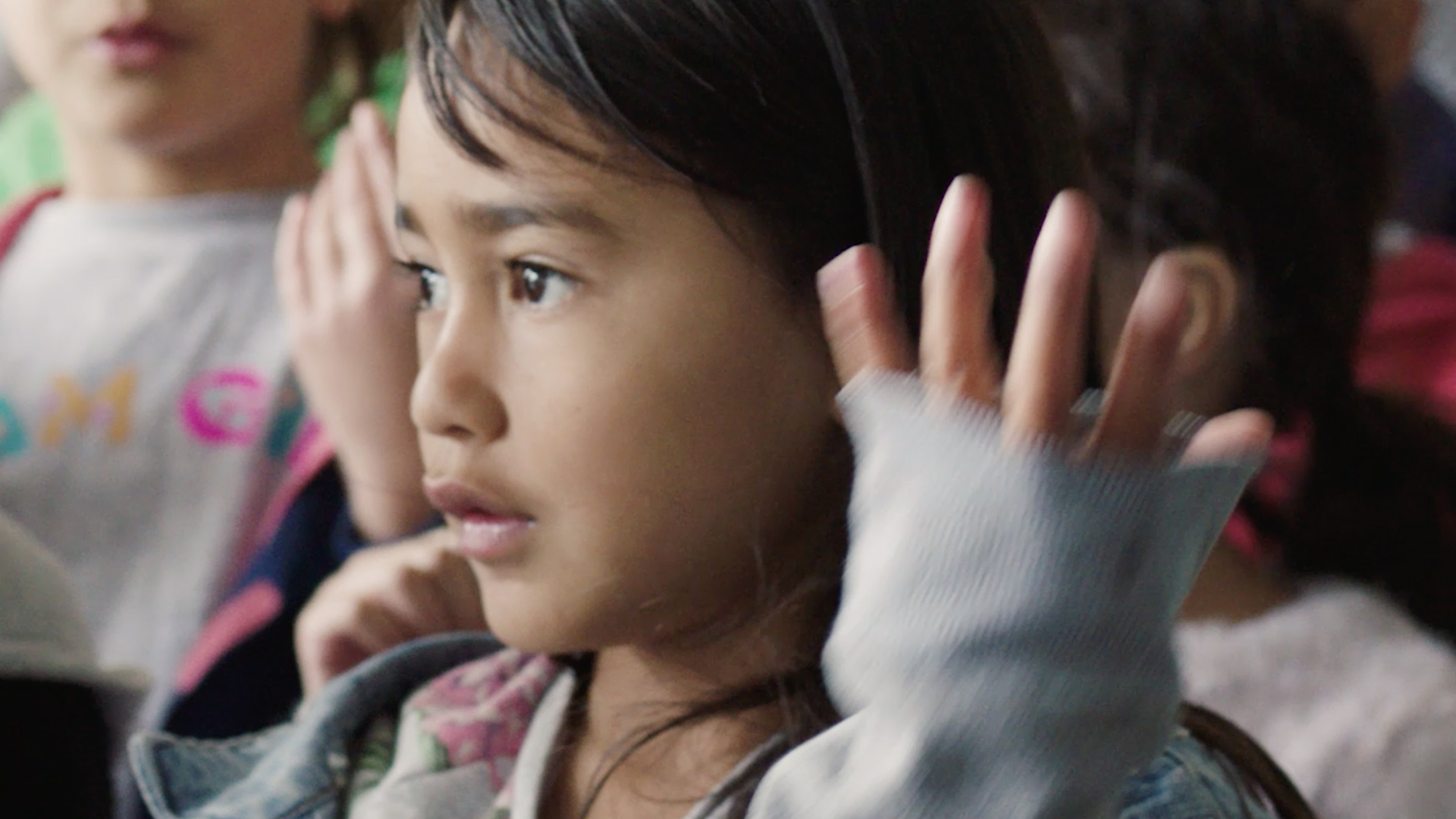Saving te reo Māori
What happens when a language dies? What stories and traditions are lost with it?
For the Māori, New Zealand’s indigenous community, language is more than just a collection of words and sounds. It’s a living piece of history—a connection to their storied past, to their ancestors, and to a culture that’s a vital part of who they are today. Still, even with Māori making up 15% of New Zealand’s population and te reo Māori as an official language, only three percent of people in the country speak it.
“My identity isn’t just me sitting here. It’s all of those above, and all of those below. I connect to them through my language.”
Senior Lecturer in Computer Sciences at Waikato University and partner on the Translator project


Sensing a critical turning point, te reo Māori experts and Te Taura Whiri i te Reo Māori (the Māori Language Commission) were determined to keep their language alive. They partnered with Microsoft AI to tap into the technology that New Zealanders use every day, launching te reo Māori as a language option in Microsoft Translator. This made te reo Māori accessible to a whole new generation of potential speakers by translating text from the language into English—or any of the other 60 languages supported in Translator—and vice versa.
When a community loses a language, it loses its connection to the past—and part of its present. It loses a piece of its identity. As we think about protecting this heritage and the importance of preserving language, we believe that new technology can help.
Te reo Māori is experiencing something of a renaissance in New Zealand. More schools are teaching the language, city councils are revitalizing indigenous culture, and Prime Minister Jacinda Ardern is calling for 1 million new te reo Māori speakers by 2040. The hope is that the free Translator can support these initiatives with a highly accurate tool that uses AI to capture the everyday nuance of the language.
And the implications of this expand beyond te reo Māori. According to UNESCO, more than one-third of the world’s languages have fewer than 1,000 speakers, and it’s predicted that between 50 and 90 percent of endangered languages will disappear by the next century. As the world becomes more connected, it comes to a defining moment for technology. How can it help preserve our past, while also bringing us into the future?
What’s at stake isn’t just relics of the past. It’s about what makes us who we are on a fundamental level. Te reo Māori is the tip of the iceberg, and an example of what’s possible when communities who speak the languages play an active role in how translation technology is developed.
“We’ve reached this tipping point,” says Hemi Kelly, translator and lecturer in te reo Māori at Auckland University of Technology. “It gives you hope for the future that our language will continue to survive—and not only survive, but thrive.”
Learn more about Microsoft’s initiatives to preserve cultural heritage, one language at a time.



